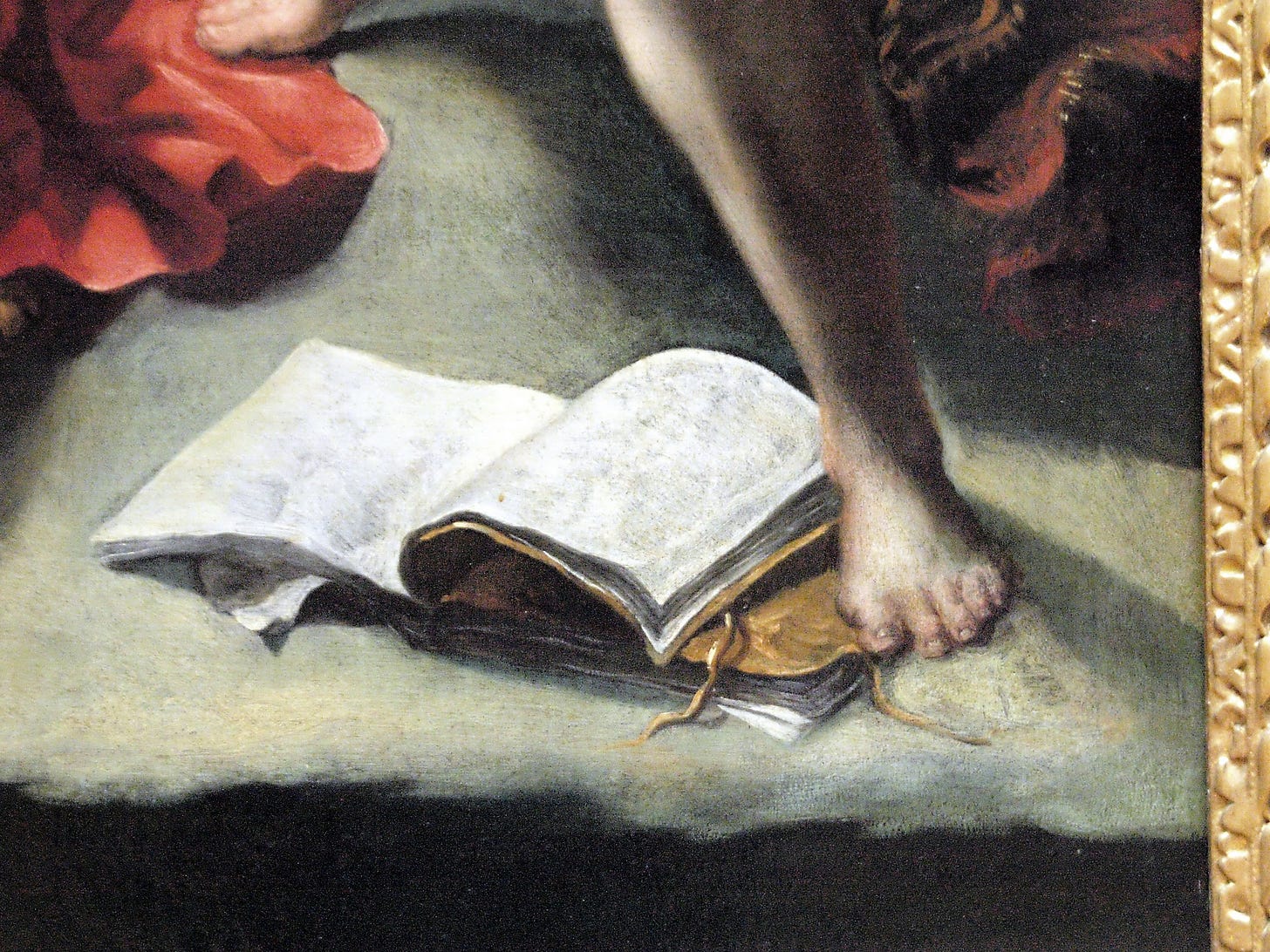Restoring the intellect to the body
A book buyer's advice to authors, part two
Below is the second installment in a series dedicated to bookselling perspectives for authors. It is based on my talk with the 2025 fiction cohort at Poets & Writers’ annual publicity incubator, hosted by Jennifer Huang. Whether you are in the publishing process or simply fascinated by the industry, I hope this fits in your toolkit. — Joe

When you say, “independent bookstores are on the cutting edge of establishing critical new methodologies of representation and embodiment in the digital age,” what do you mean by that? And what examples have you seen, or built?
The idea that bookstores are on the “cutting edge” of anything is definitely an odd one, considering how old the book is, as a technology. But as discussed earlier, we are now constantly encountering the limits of modern, digital logics, and bookselling has a lot to say about the nature of these limits: how we organize, experience, and understand ourselves in- and outside of them.
One of my favorite perspectives on the difference between digital and print infrastructures comes from longtime copyeditor at The New Yorker, Mary Norris, who writes:
The codex—the book with turnable pages sewn between covers—was a great improvement over the scroll, but now, with publication online, we are back to scrolling again, which makes it hard to refer back to things.1
Improvement, in this context, is a matter of access to specific language; instead of reciting and ultimately memorizing scrolls of scripture, binding and pagination privileged a different, more disembodied sort of information retrieval/literary experience. Who can say whether the codex was an improvement in spiritual terms, but it certainly improved our ability to locate—ourselves and our meanings—in a text.
To complicate Norris’s point a bit, we haven’t returned to scrolling so much as we’ve exploded the limits of the page vis a vis the screen. The issue with this, to my mind, is not the lack of a unifying principle like binding,2 but the obfuscation of beginnings and endings. Where a book—and bookstore—starts and ends is physically clear.3 In terms of textual apperception, there is no substitute for this clarity.
As the sands of genre, style, and all other textual markers continue to shift like dunes in a digital Sahara, independent bookstores present us with discrete, public space in which to contextualize fluidity and delimit abundance—to understand with our hands (holding a text) and our bodies (held in space) how these qualities come to bear on the human experience.
At Perelandra, “Flood the Margins” is the name of a section whose titles concern indigeneity and personhood. This is inside of a section we call “Deep Story,” which interrelates multimodal works of nonfiction, and whose counterpoint is “New Logos,” which interrelates works of fiction. Our speculative geographies go on and on.
But where they end, dear reader, is where things get really interesting.
*
For a more thorough presentation of Perelandra’s methodological foundations, see: The Limits of Logistics: Amazon, Alphabet, and the conscription of consciousness. And for a deeper look at Perelandra’s approach to embodiment and reading, see Parker Yamasaki’s wonderful profile in The Colorado Sun.
*
Next time: What is the best way for authors to find their readers?
Greek to Me (W. W. Norton, 2019)
The screen is the binding.
Bingeing, tab-surfing, feed-grazing, doom-scrolling—limitlessness is a special kind of (very profitable) hell.

